40 Must-Read Substacks for AI, Tech, and Innovation Enthusiasts
Educating AI's 1st Year Anniversary Celebration; An Expression of Gratitude to All My Recommenders
Greetings, Devoted Readers,
Before we get to the article proper, I wanted to invite my readers personally to participate in an upcoming webinar that I am hosting along with a few dear friends of mine.
The webinar, "From Policy to Practice: AI Adaptation for Higher Ed Administrators," is designed for K-12 and higher-ed administrators looking to understand AI implementation and integration for the upcoming fall. However, our conversation will also be stimulating for anyone interested in unpacking big-picture questions about the next right steps for AI, instruction, and learning.
🗓 Date: 13 August 2024
🕒 Time: 12 Noon-1PM EST
📍 Location: Zoom --https://lnkd.in/etJNkviZ
My co-presenters are AI Ethics expert David Hatami and AI Assessment expert Mike Kentz.
Here is the abstract:
This webinar facilitates crucial dialogue on AI policy implementation for higher education administrators. We'll collaboratively develop methodologies to address key challenges:
How do we create adaptable, institution-wide AI guidelines?
What frameworks ensure responsible AI integration across academic and administrative functions?
How can we establish effective oversight mechanisms?
Through interactive discussions, we'll explore approaches to drafting enforceable policies, managing AI vendors, and balancing innovation with risk mitigation. Participants will engage in developing practical strategies for staff training, ensuring regulatory compliance, and measuring AI initiative success. Join us to shape robust methodologies for leading your institution's AI adaptation confidently and ethically.
Hope to see you there!!!
Nick Potkalitsky, Ph.D.
1st Year Anniversary of Educating AI
Today’s article is a celebration of a year of publication of my Substack, Educating AI. A year ago, I started this journey in a state of semi-panic, hoping to find a foothold in the face of what felt like an insurmountable foe, Artificial Intelligence. I had no real idea about the format. I was a big fan of
’s work at The Gradient podcast and tried my hand at a few early audio experiments. Check them out here if you haven’t already.Episode 1: “There’s More Math Out There!”: An exploration of the AI x Calculator analogy with math instructor Jon Graetz.
Episode 2: “How and Why We Learn”: An investigation into AI’s potential impact into instructional approaches and learning pathways with technological designer Bryan Lakatos.
I want to thank my friends, Jon Graetz and Bryan Lakatos, for participating. Despite the joy of these encounters and conversations, I quickly found that my teaching schedule, raising two amazing young children, and taking care of a newly adopted rescue dog could not accommodate the time-consuming process of podcast production, so I turned to what I do best: research, online community building, and writing.
How I Learned to Create a Vibrant Online Community
In the fall, my path made an important intersection with
and his amazing operation at AI Supremacy, where I published a series of articles challenging the K-12 community to make swifter progress in training teachers in AI literacy.AI-Responsive Education: LLMs and Instructional Applications, Challenges, and Approaches (Sept 29, 2023)
What We Learned About AI and Education in 2023: From Disruption to Integration (Jan 3, 2024)
In Michael, I found not only a thought partner and collaborator but a model and mentor in how to build online communities. From the beginning of my entrance into the Substack space, I have tried to embrace its openness and welcoming spirit and amplify that energy in all my actions and interactions.
In the early days, I tried to put a positive spin on almost every post or note published by my core group of collaborators. Here, I am thinking of
, , and Nat of the now defunct AI Observer. My positivity was almost a little ridiculous, but I just felt a real sense of wonder and joy back in those days – something like a sense of homecoming. It had been several years since I graduated from my doctoral program, and I hadn’t felt that kind of intellectual camaraderie in a long time.How I Continue to Stay Energized in My Writing Practice
Today, I could write a long-winded overview of how my thought process has evolved and changed since my first collaborations with Michael. Needless to say, I am no longer a naive AI enthusiast. If you have read any of my recent work, you know I think K-12 will spend the next few years in a process of damage control before the real fruits of the transition emerge.
AI implementation and integration need to be scalar, depending upon developmental level, disciplinary context, student history, interest, and experience. The whole thing is contextual, and there are no simple bullet-point solutions like our "friends" (pardon the anthropomorphism,
) the GPTs love to create. The transition isn’t just about designing and implementing new types of assignments or assessments; it’s about reassessing and reconfiguring – or perhaps better put, regrounding – the purposes of "assignment," "assessment," and "school" more generally. But alas, I digress.Instead, I want to use this article to express my gratitude. In particular, for all the new friends and work partners I have made since those early days. Here I am thinking of
, Rob Nelson, , , , , , , , , , and so many more.If I had to summarize my Substack success strategy, it has been to build an online community that brings joy and meaning to my life and helps me answer the intellectual, professional, and personal questions that are most pressing to me at this very moment. From this goal have come a series of incredible guest posts and collaborations, with many more to come, so get excited, folks! And know I am always looking for more, so if you are reading this and are sitting on a big idea you want to share, let me know.
Defining My Long-term Growth Strategy
From this goal have come nearly 3,000 subscribers in a single year. (I was hoping for 500-1,000 in the first year. I am truly blown away by all the interest and excitement about my writing and the contributions of my guest collaborators.) From this goal have come over 50 Substack recommenders. Readers, this is honestly the stat that humbles me the most. That 50 Substackers flipped the recommend switch and endorsed my work at a very high level. For a Substack newbie, recommender growth can be quite incredible. And so, today, I want to return to endorsement.
In the following list, I am sharing the vitals on nearly all of my recommenders. Please peruse the list. Look at the variety of writers, voices, perspectives, countries, and objectives represented. Yes, the bulk do focus on AI, etc., but if I had to dive into the thematics, I would say that my recommenders circle around the twin poles of humanism and pragmatism to a great extent.
One might argue that Substack tech has this overall implicit resonance, in contrast to other online media, such as LinkedIn, where techno-optimism continues to run rampant. Note that this list is simply set up in alphabetical order. No Substack leaderboard here.
Enjoy your new favorite Substacks!!!



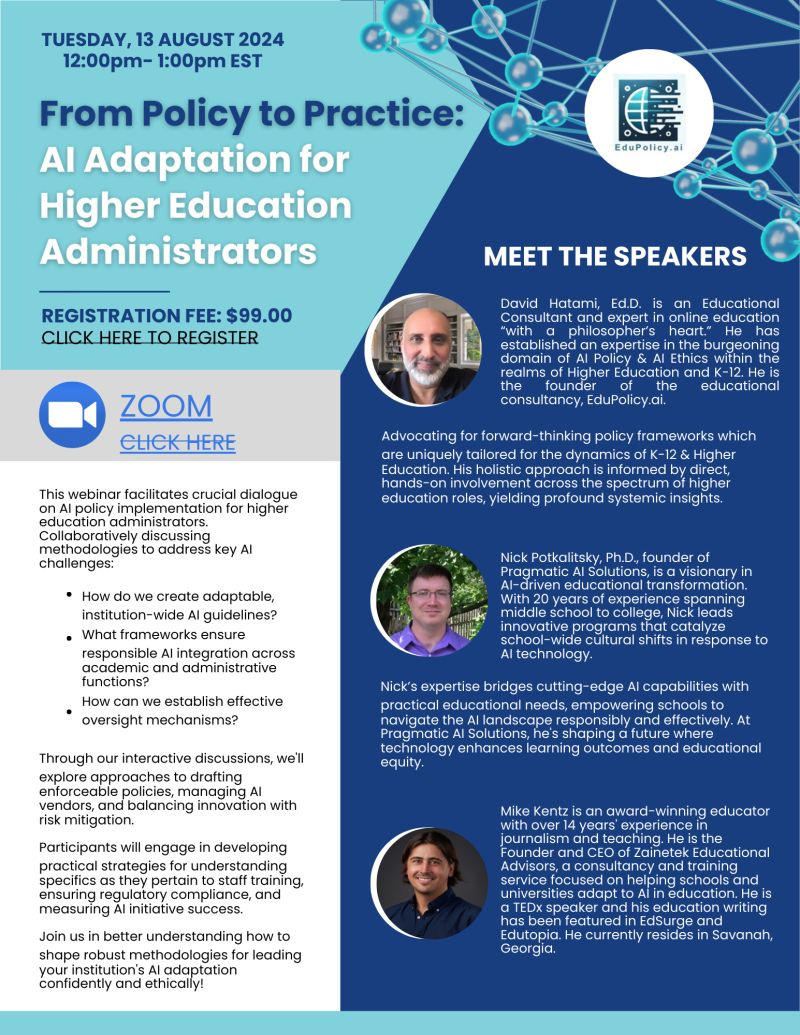
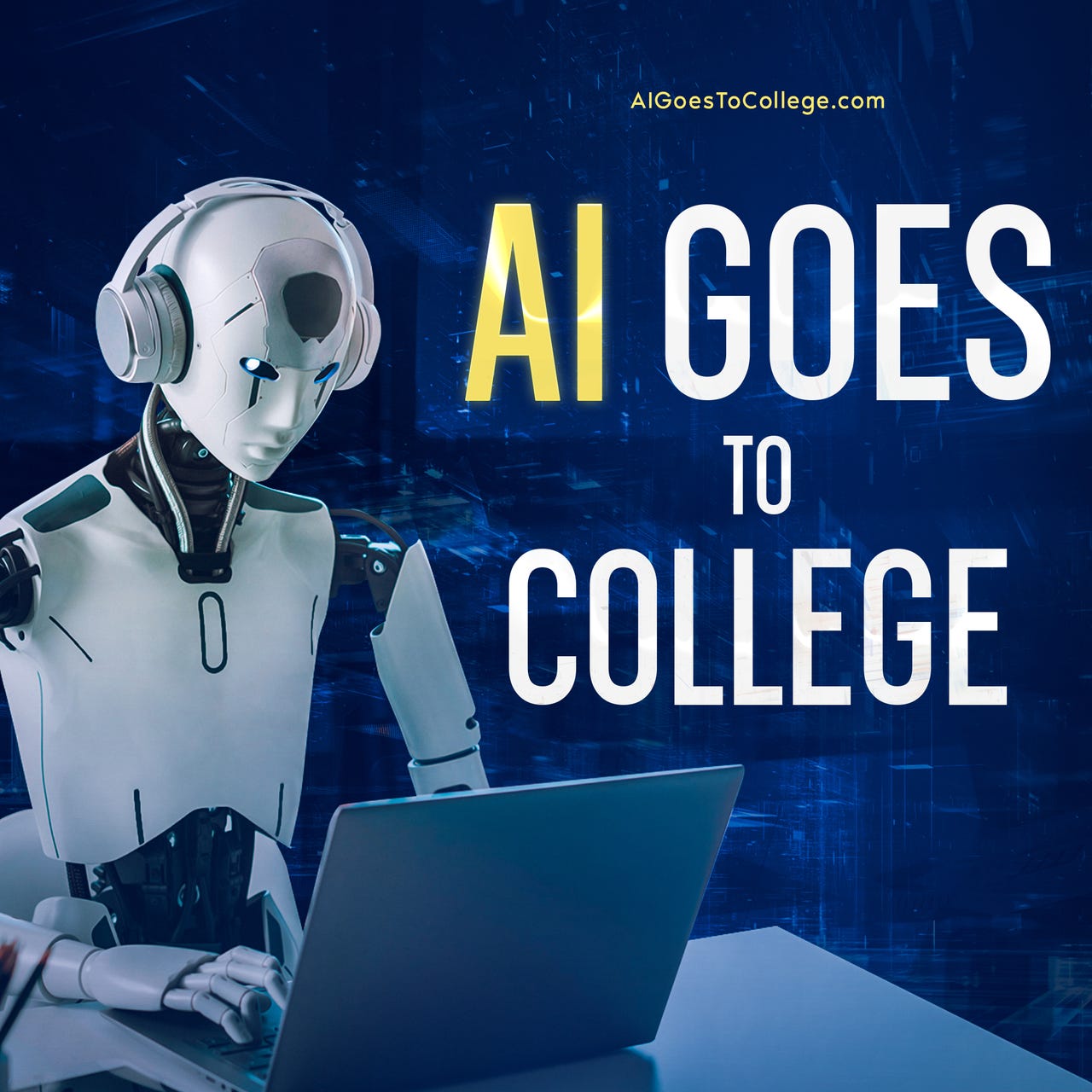
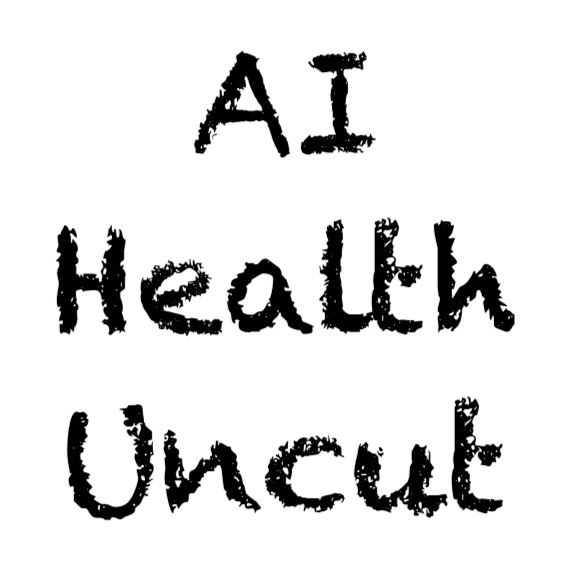




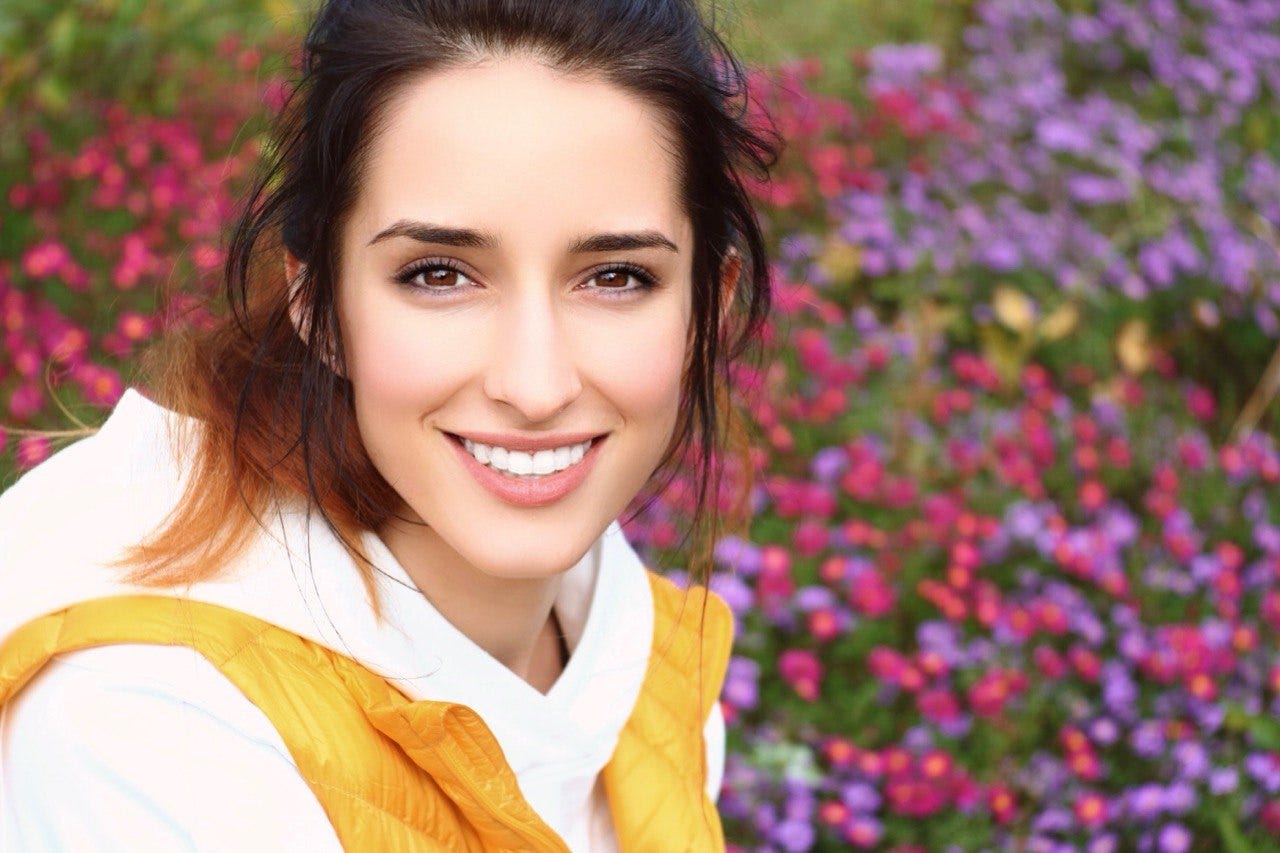





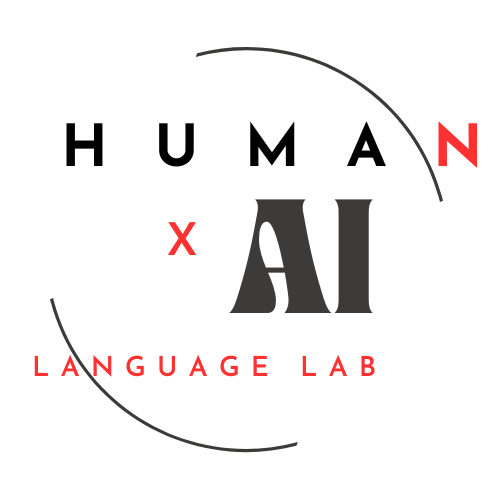



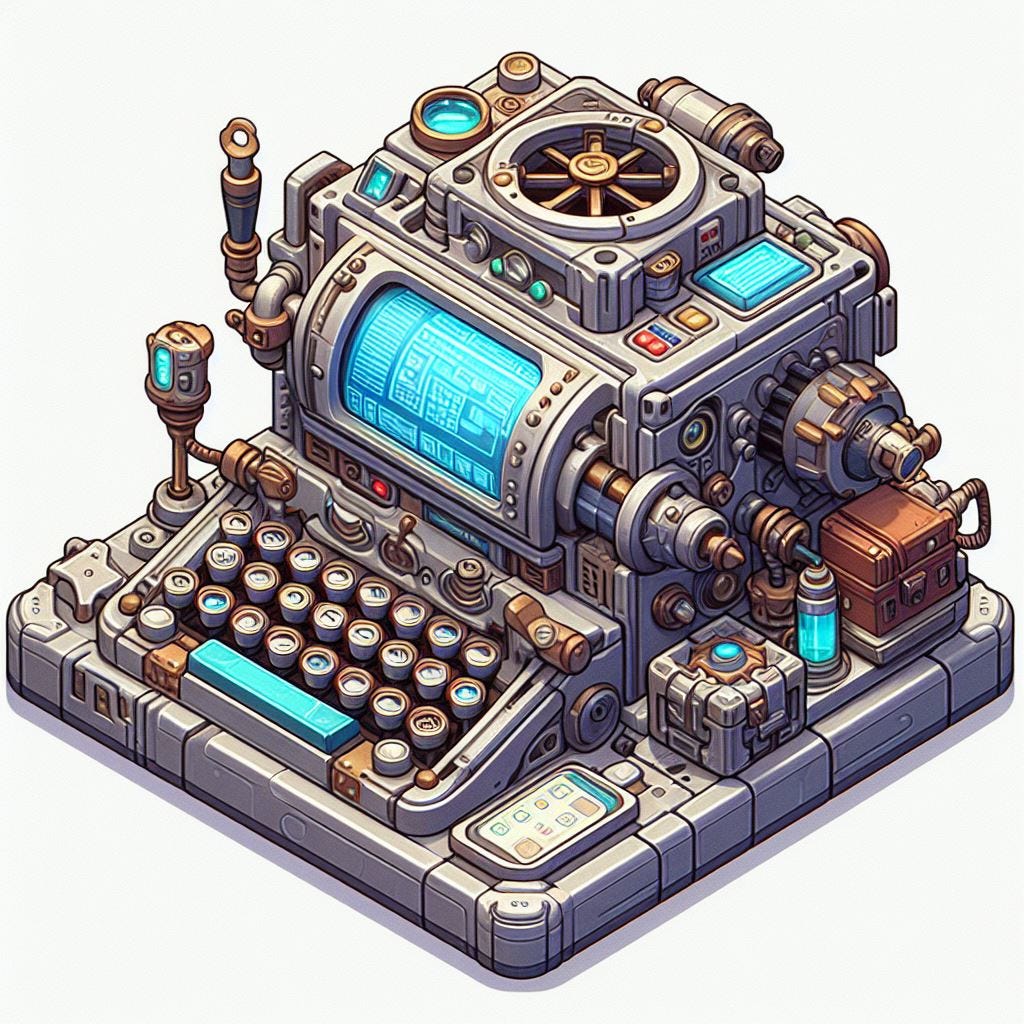

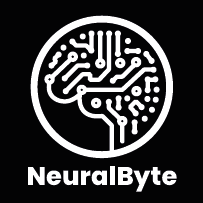




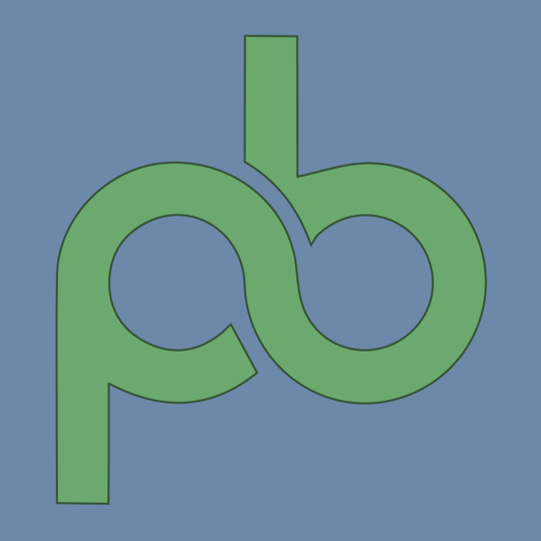




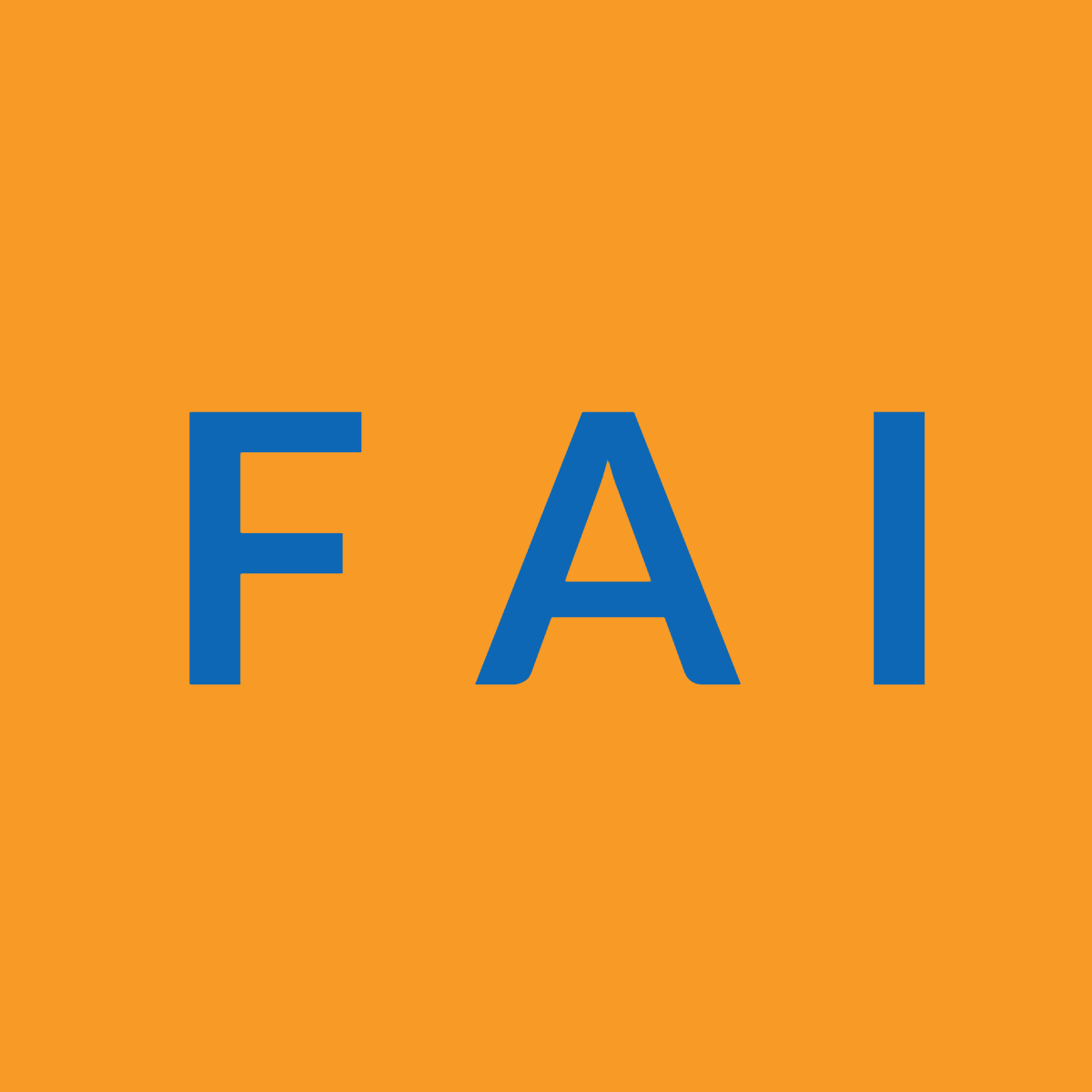


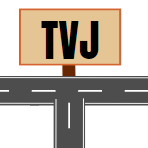





Good catch!!!
Thanks for sharing! But how may i read so much every day?